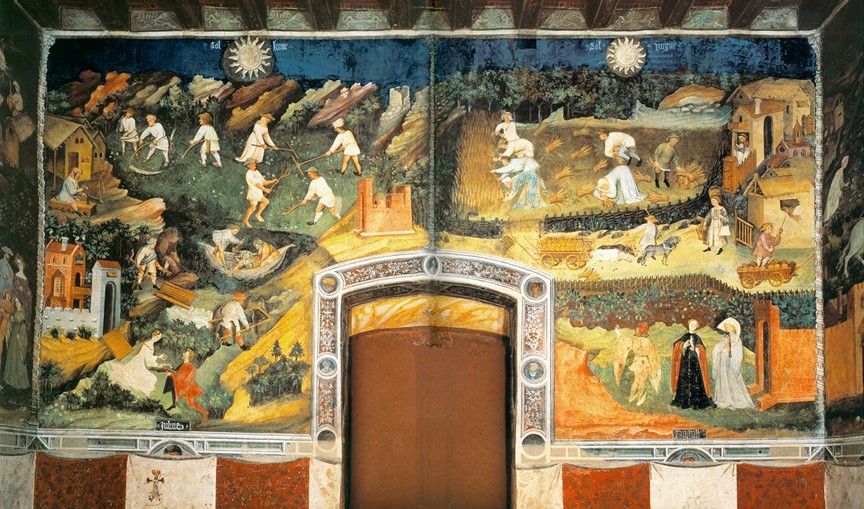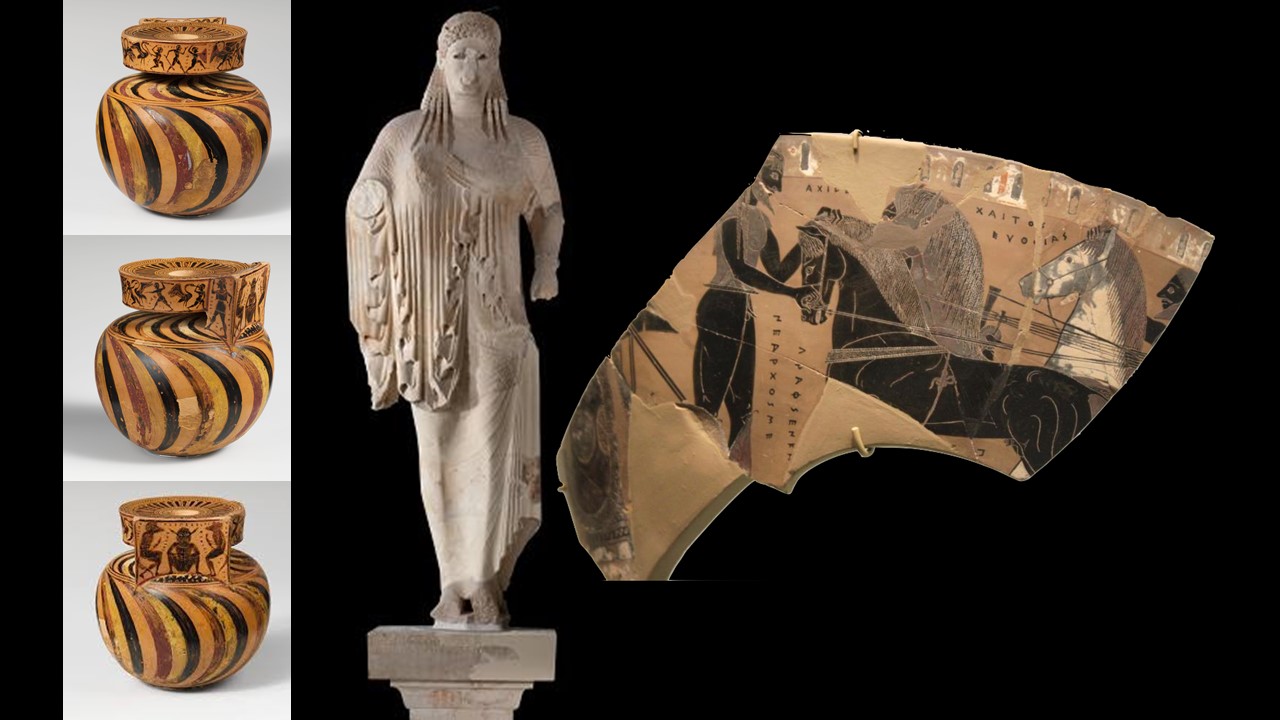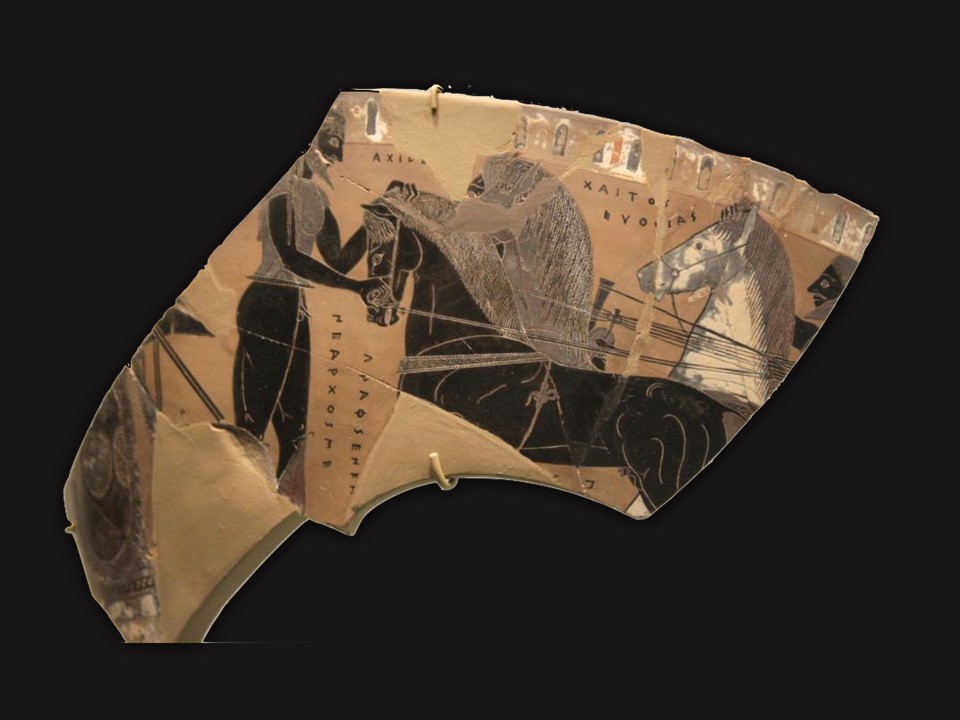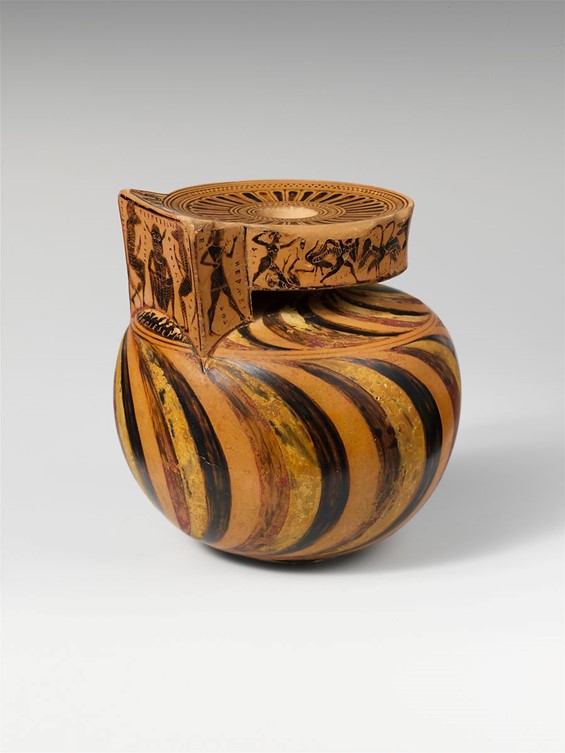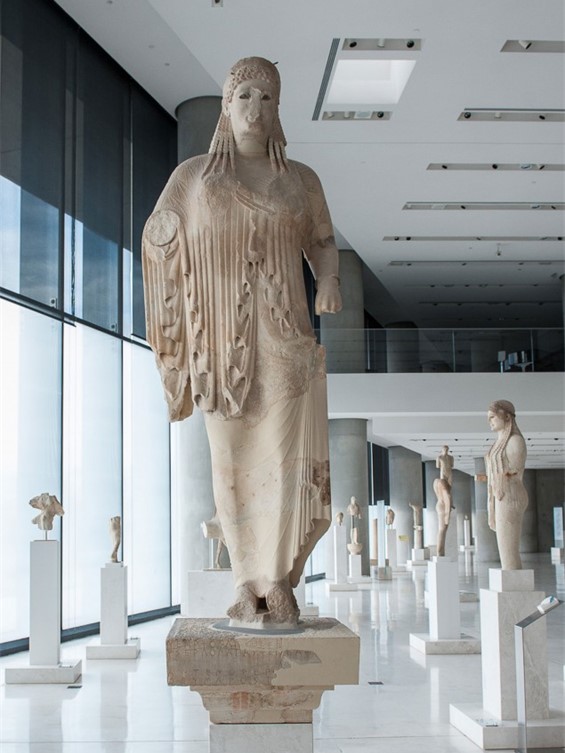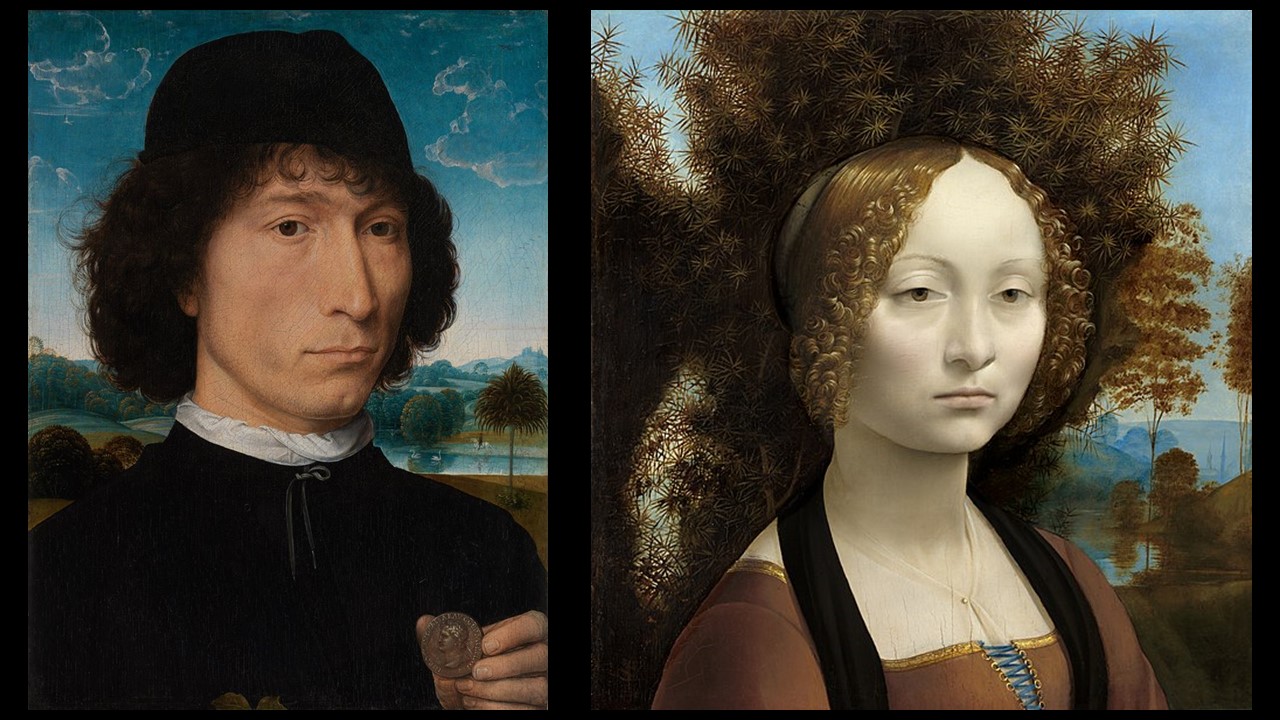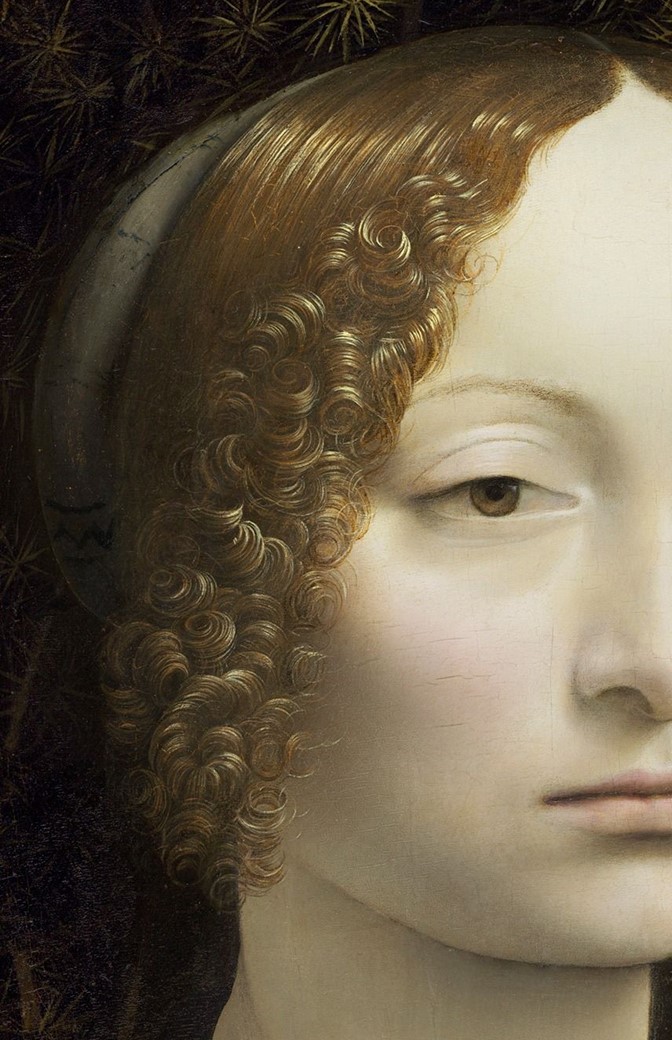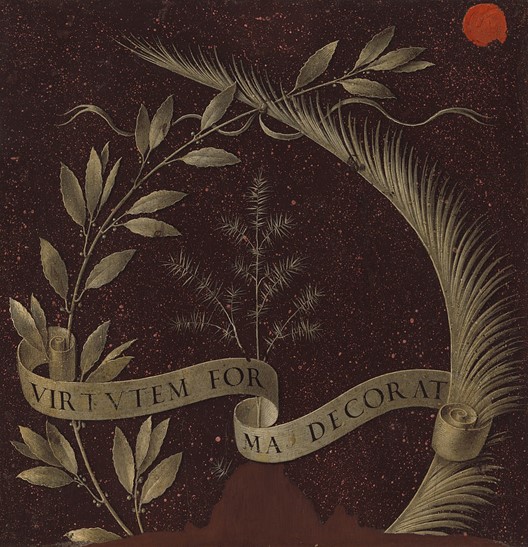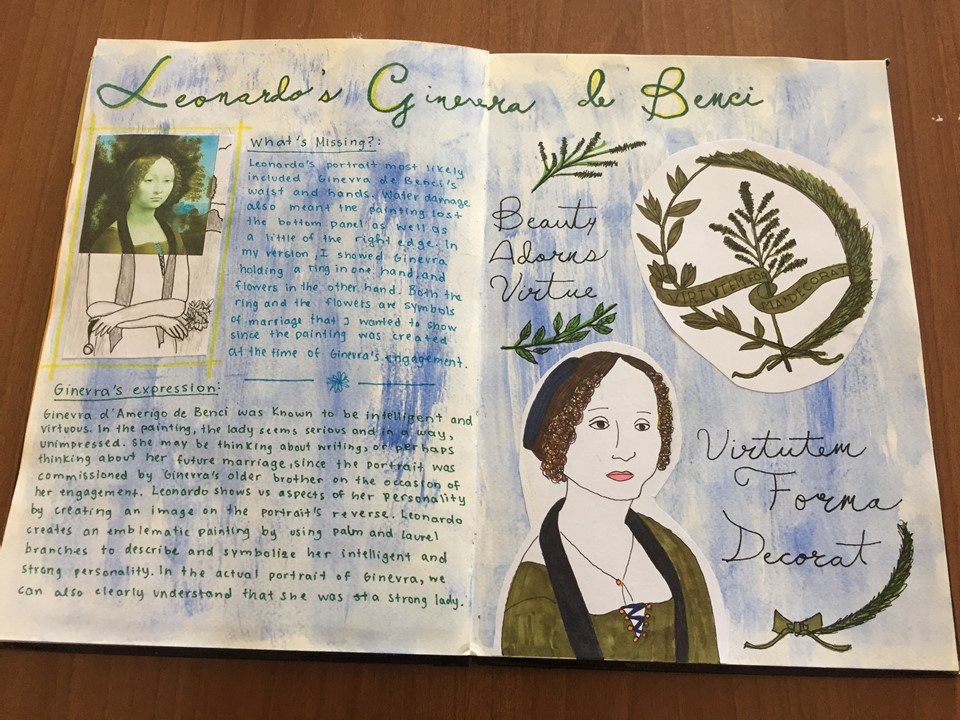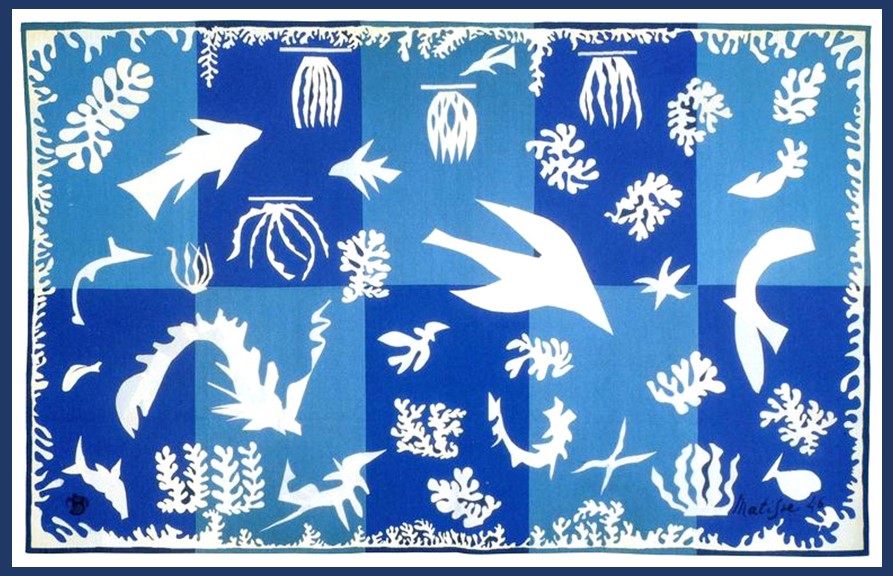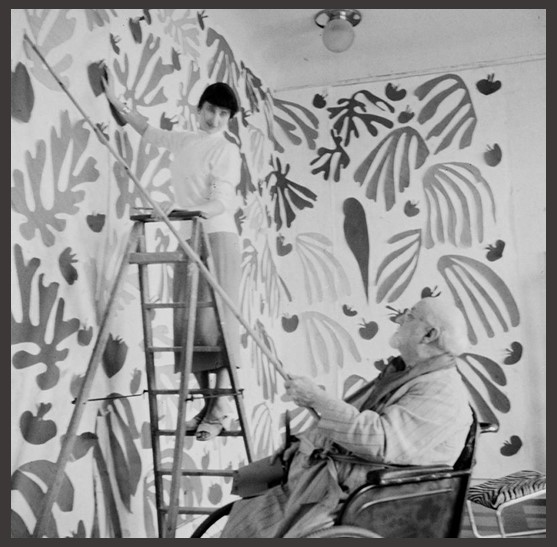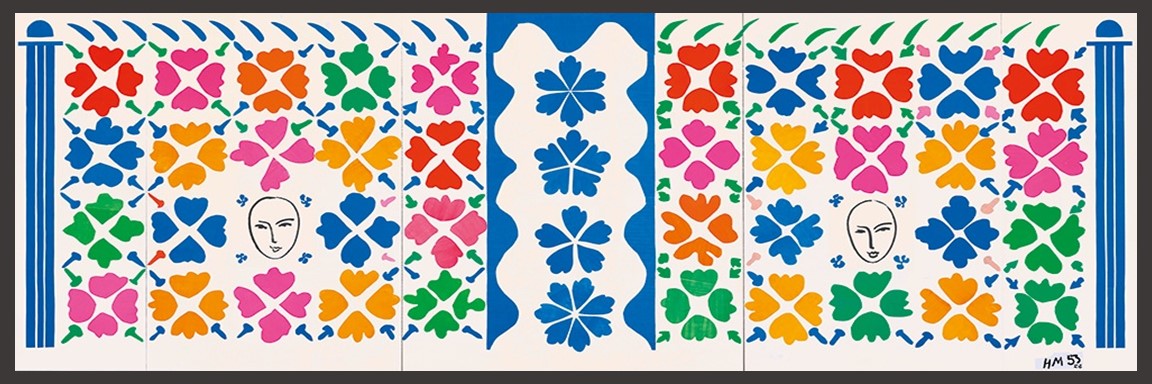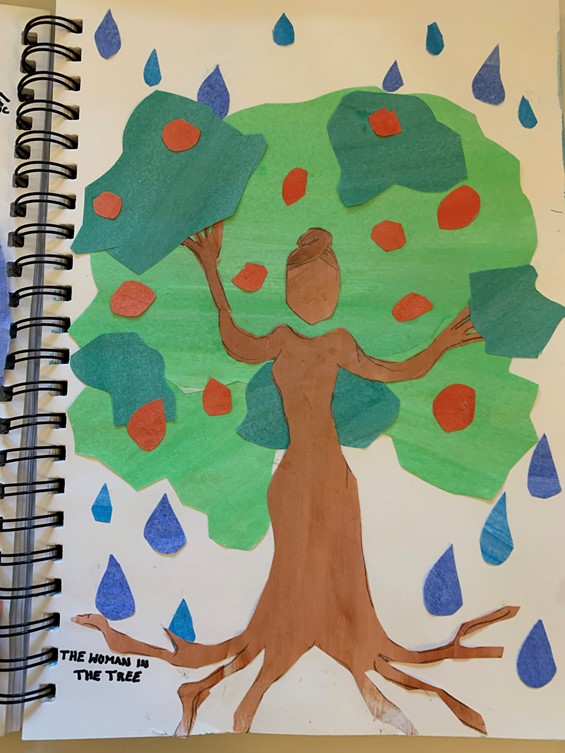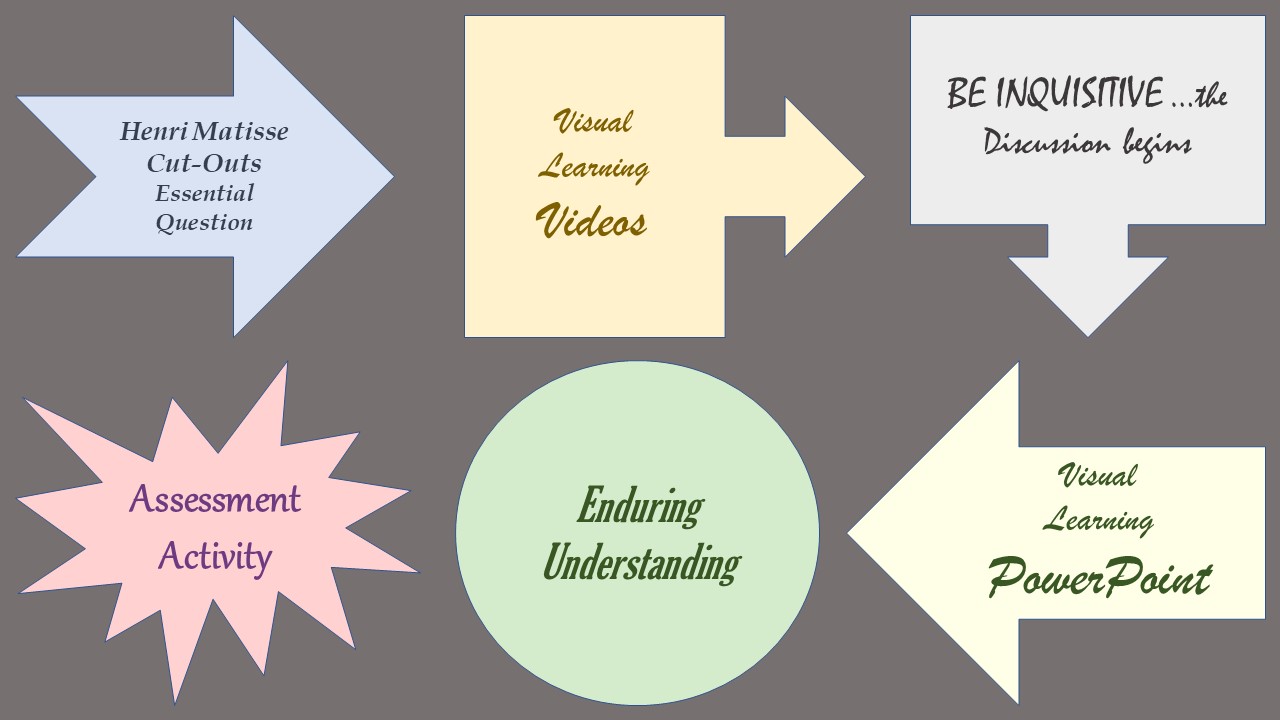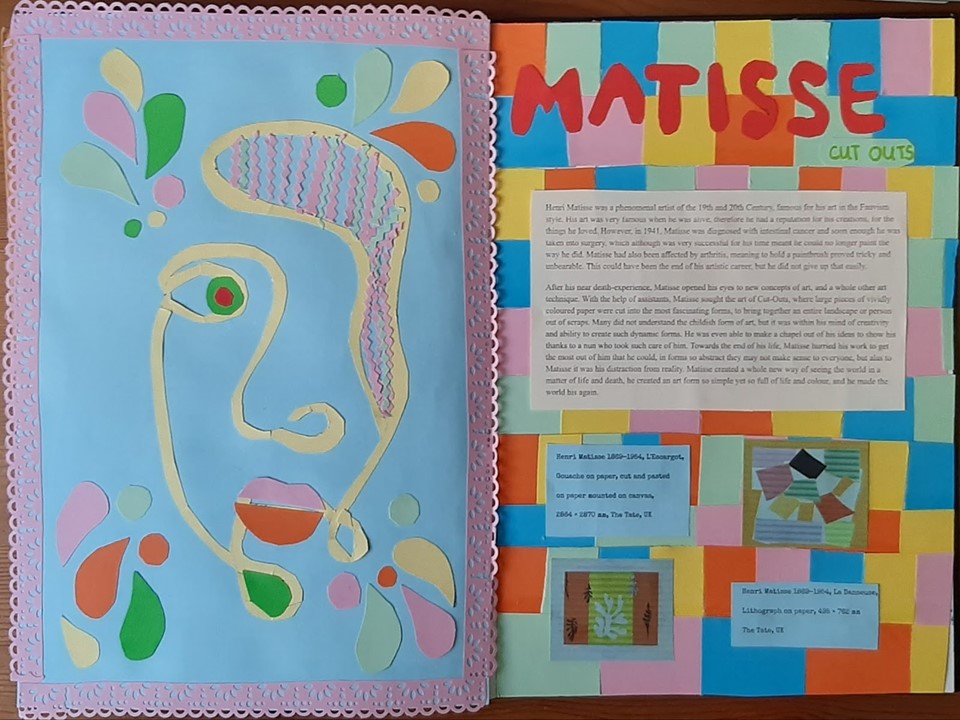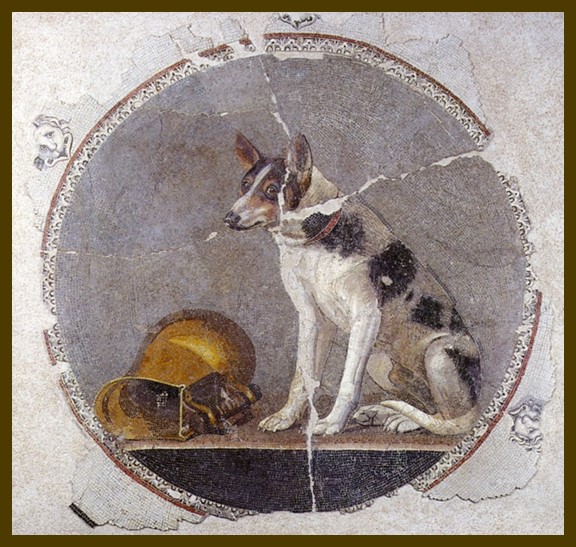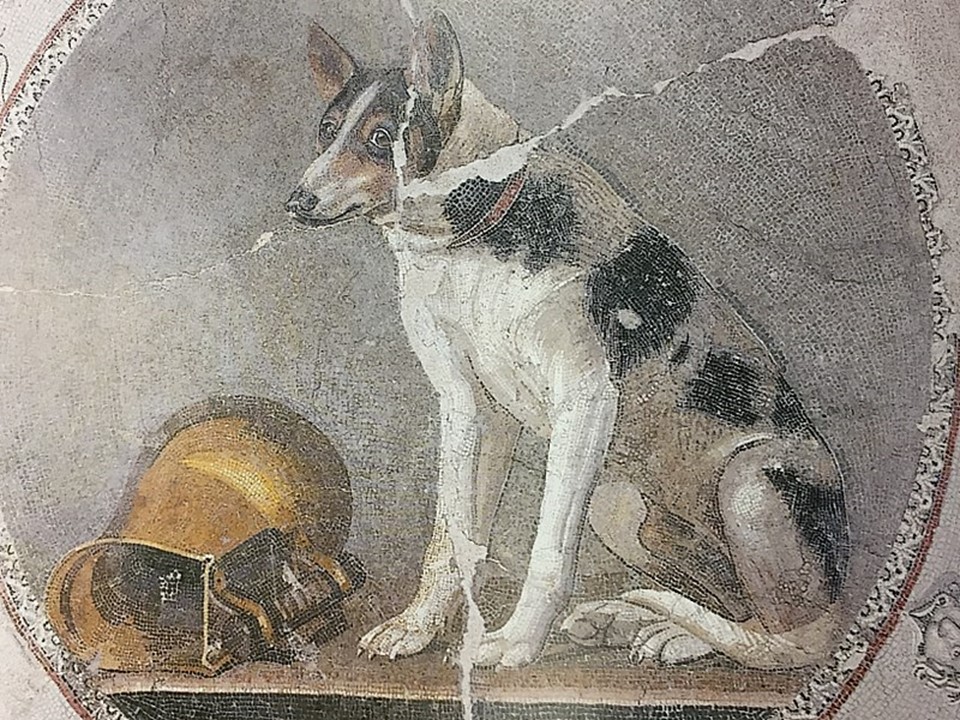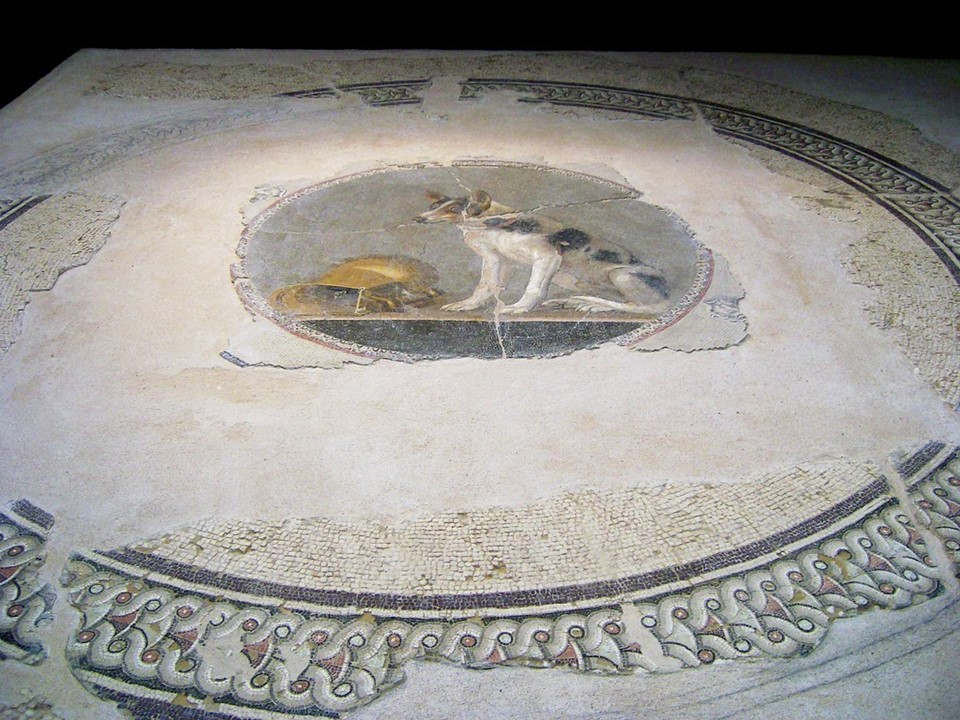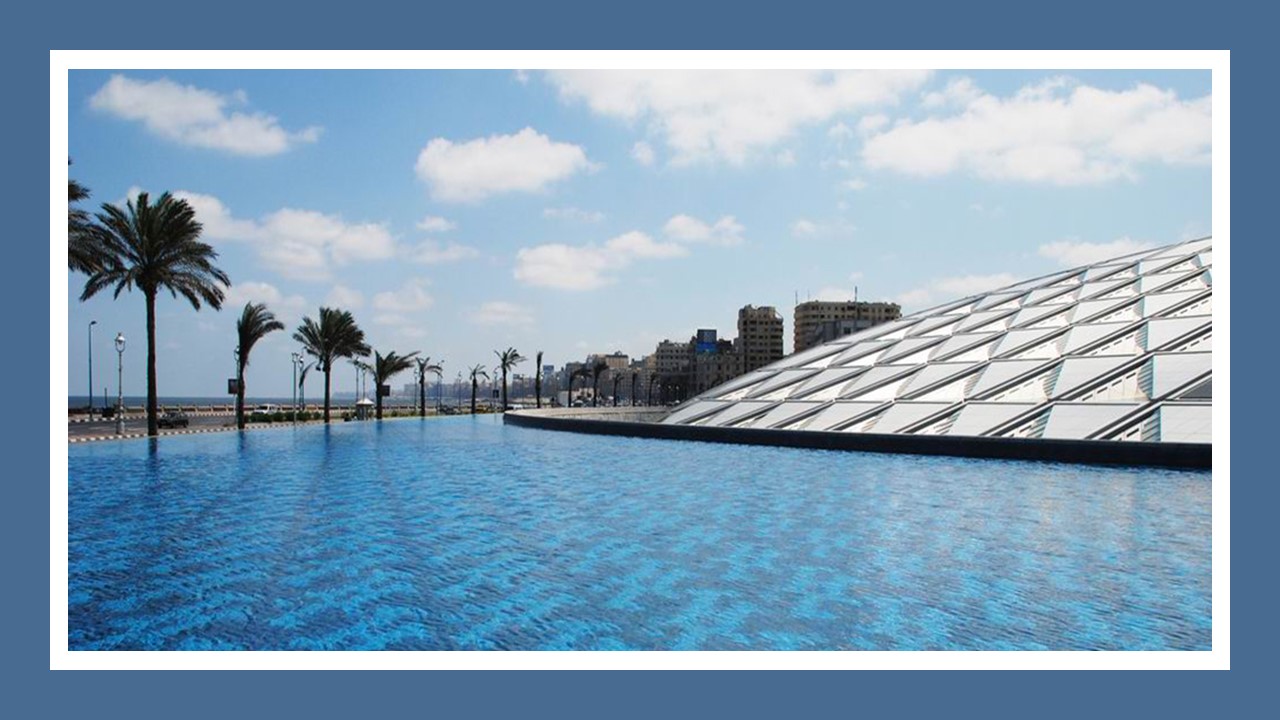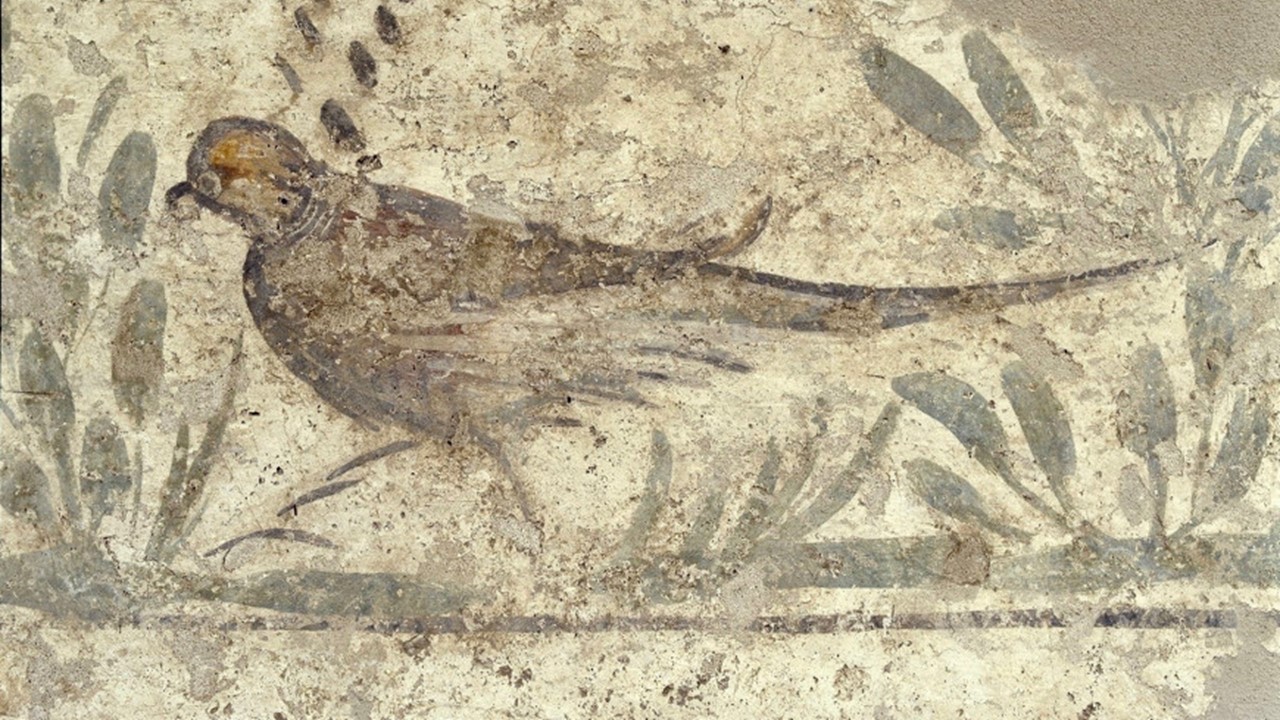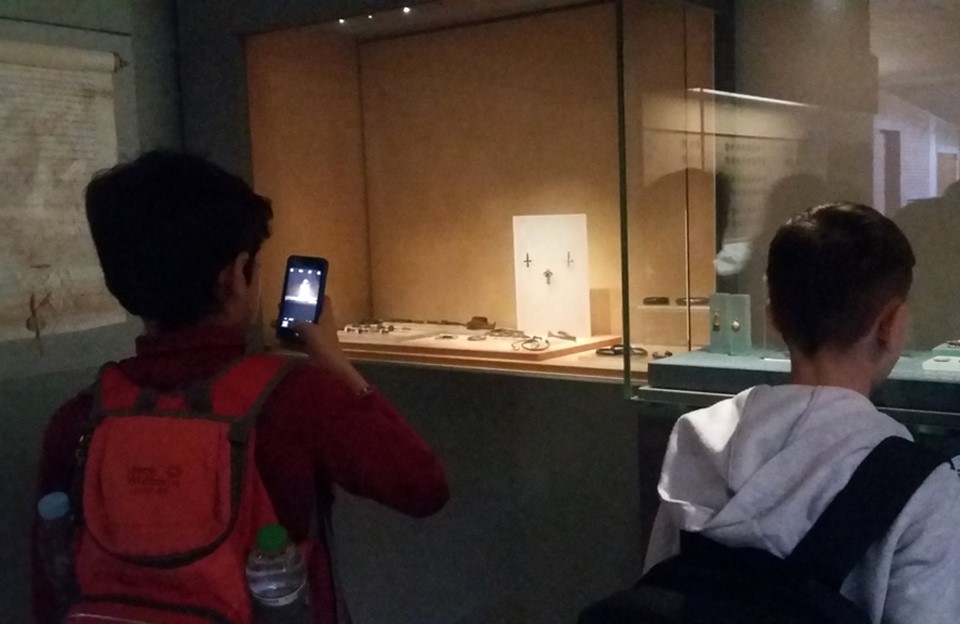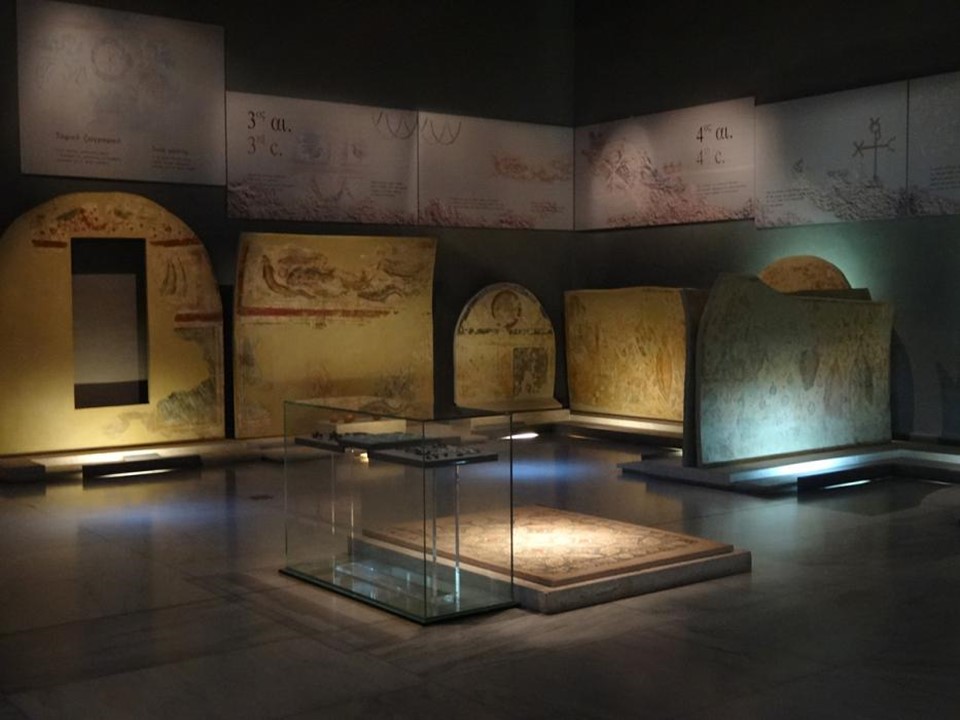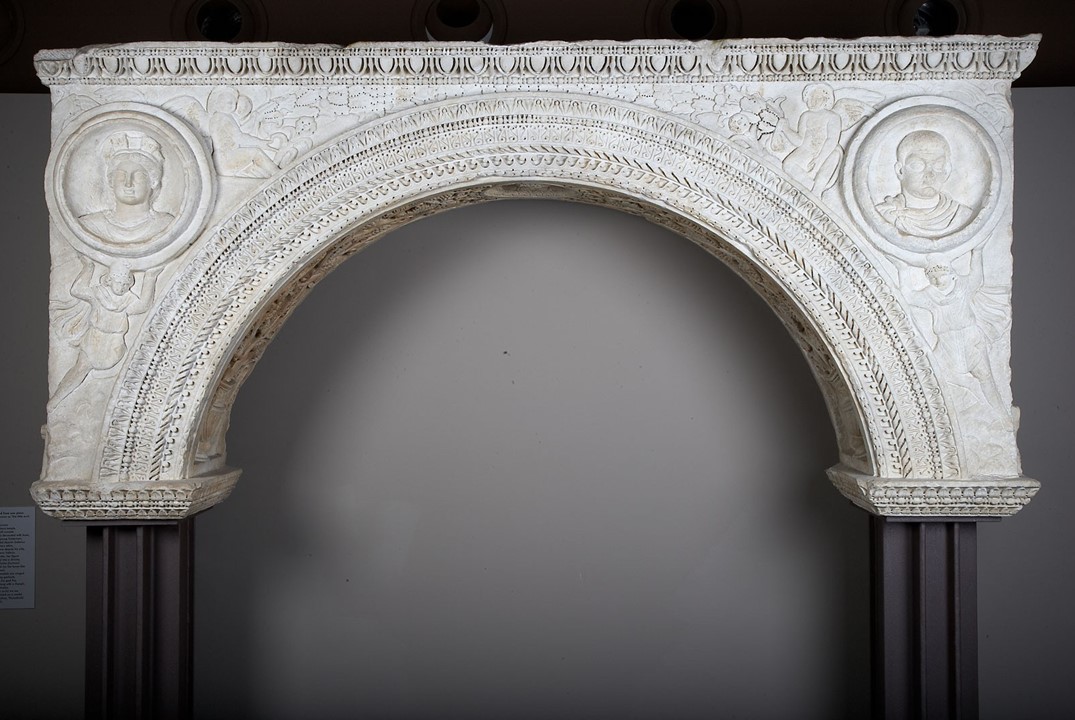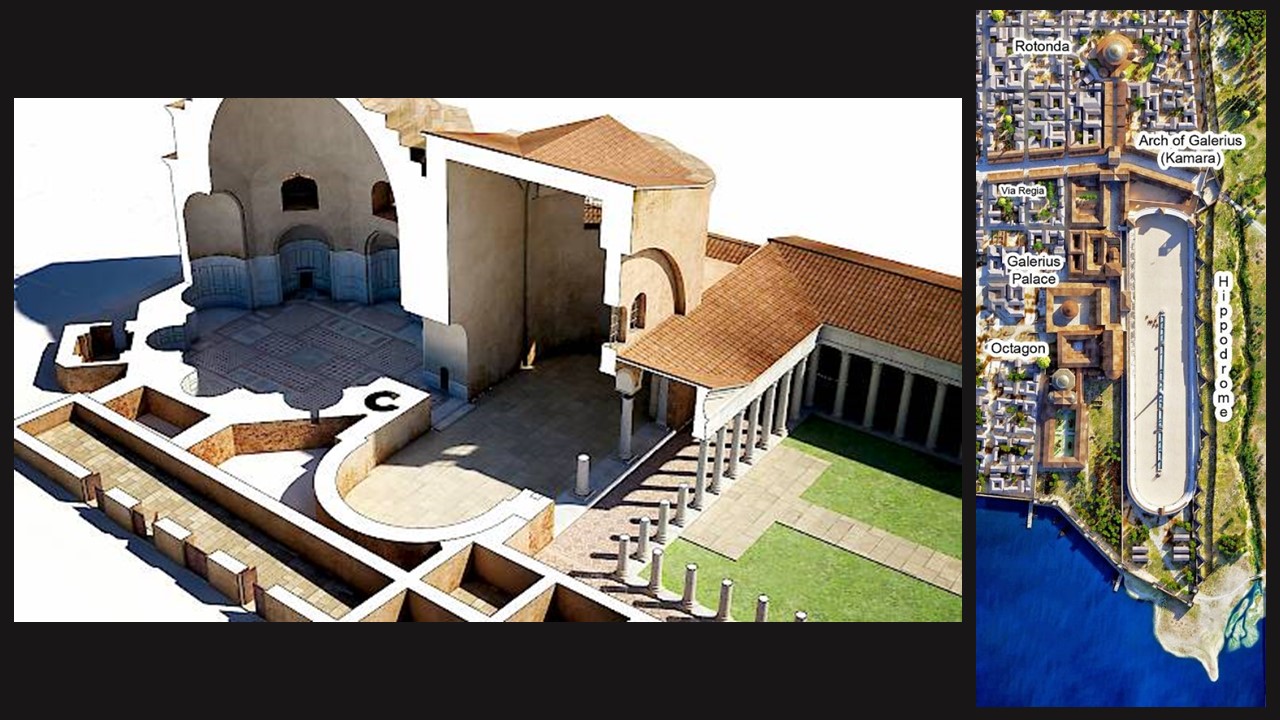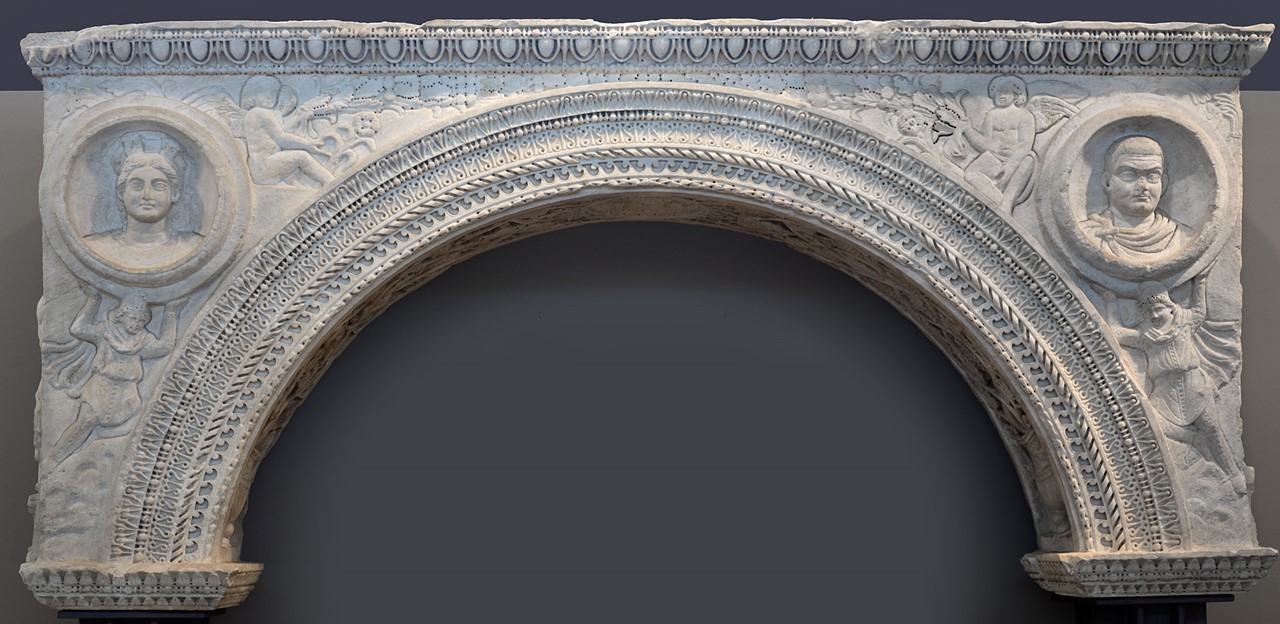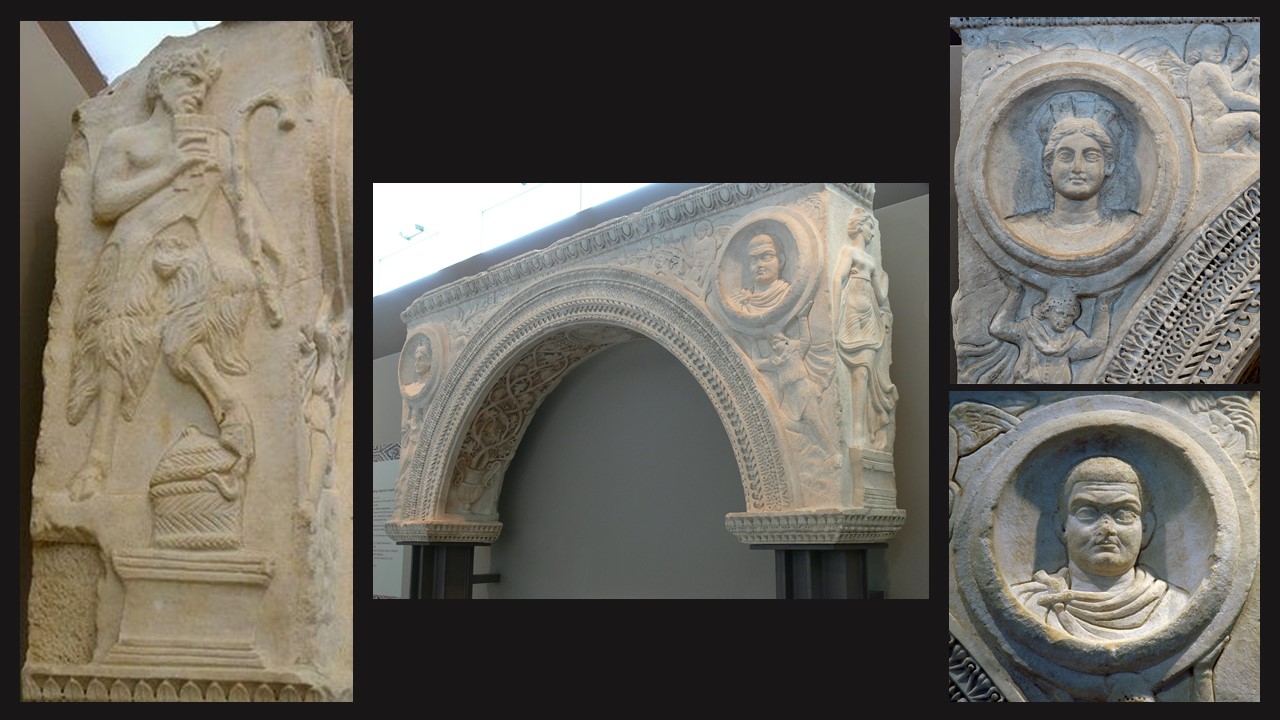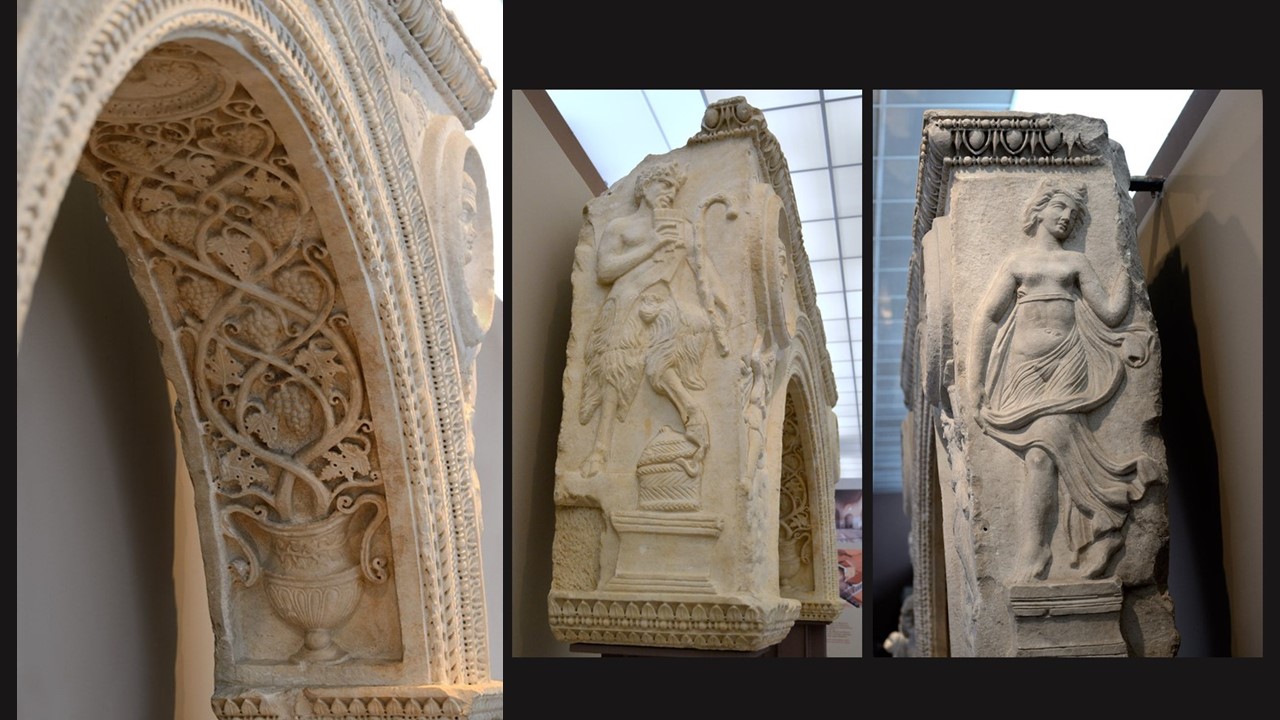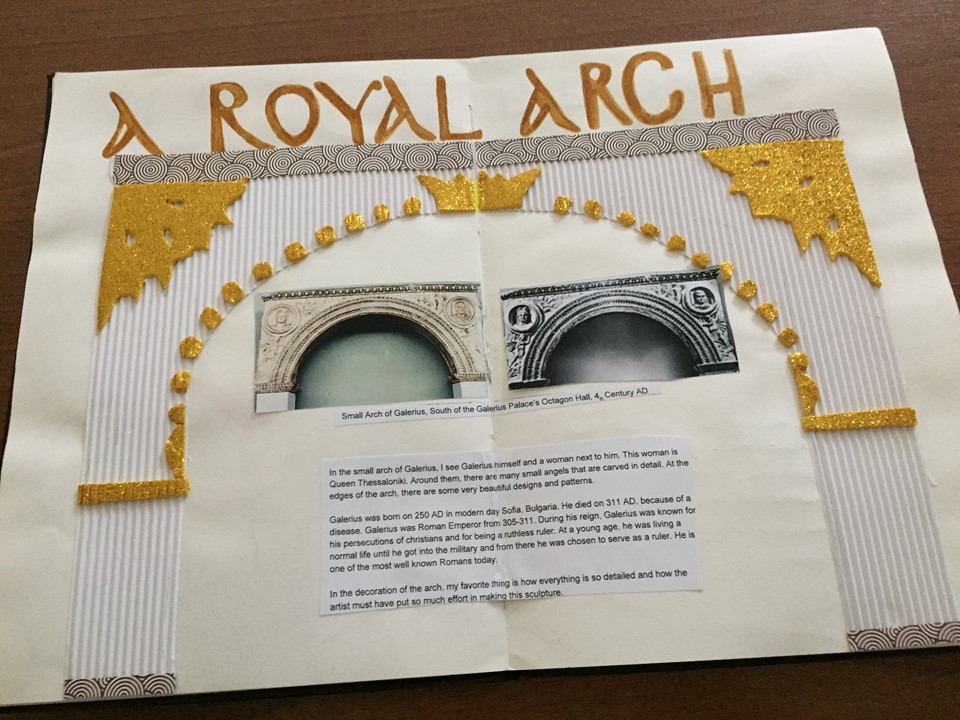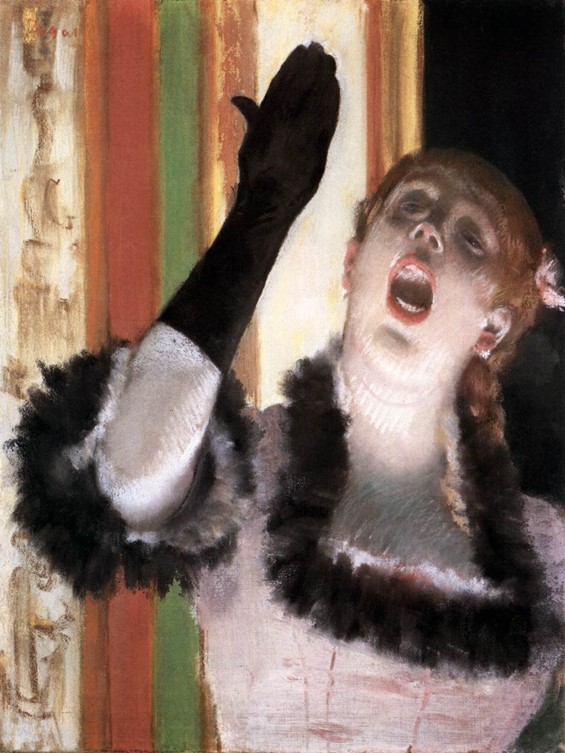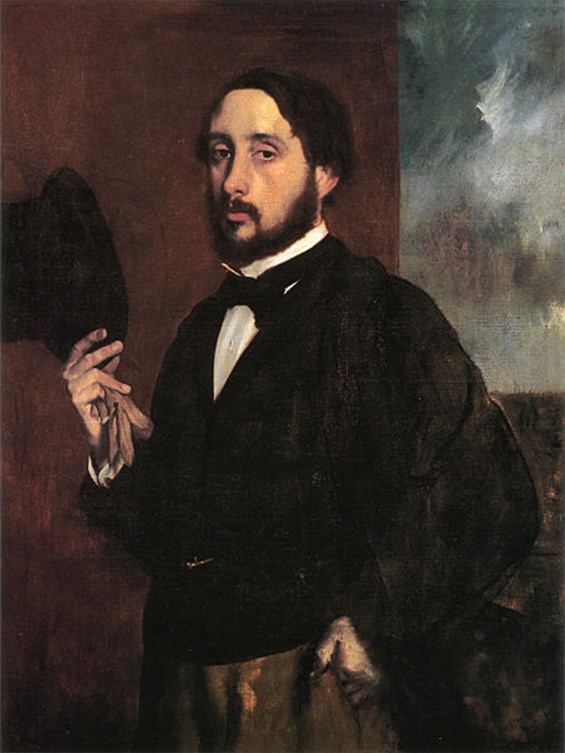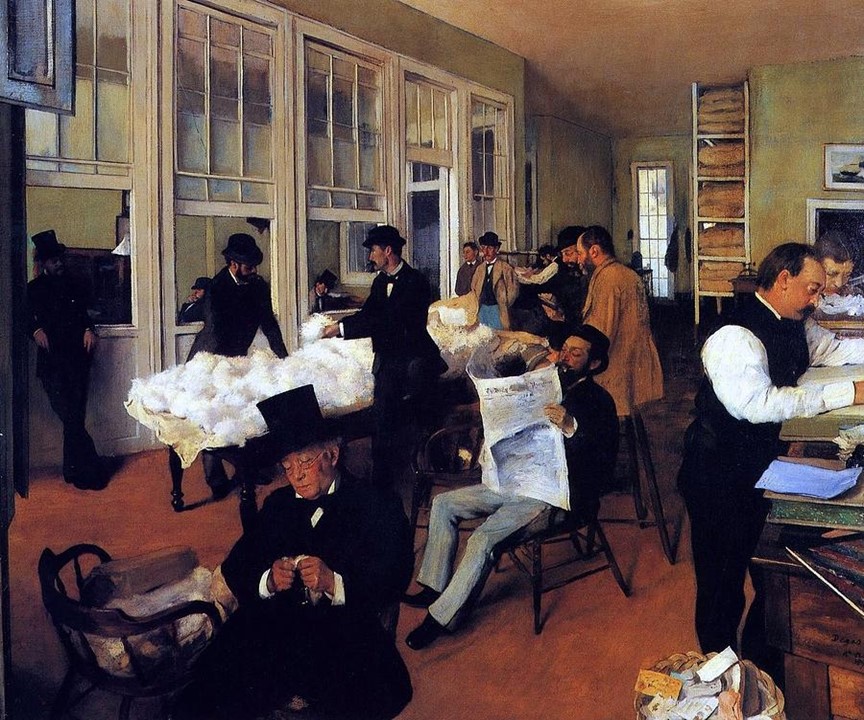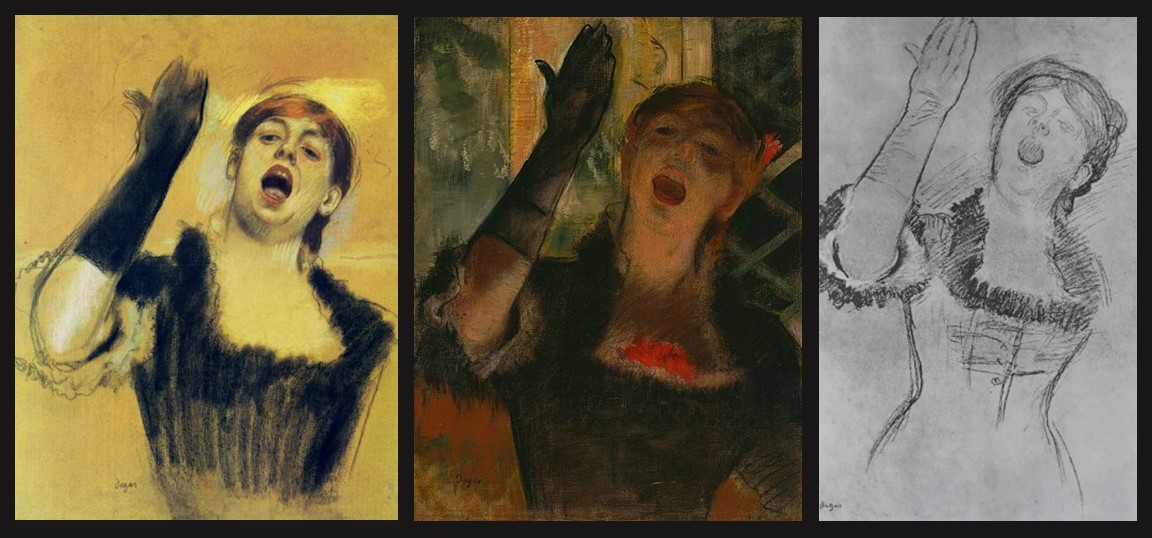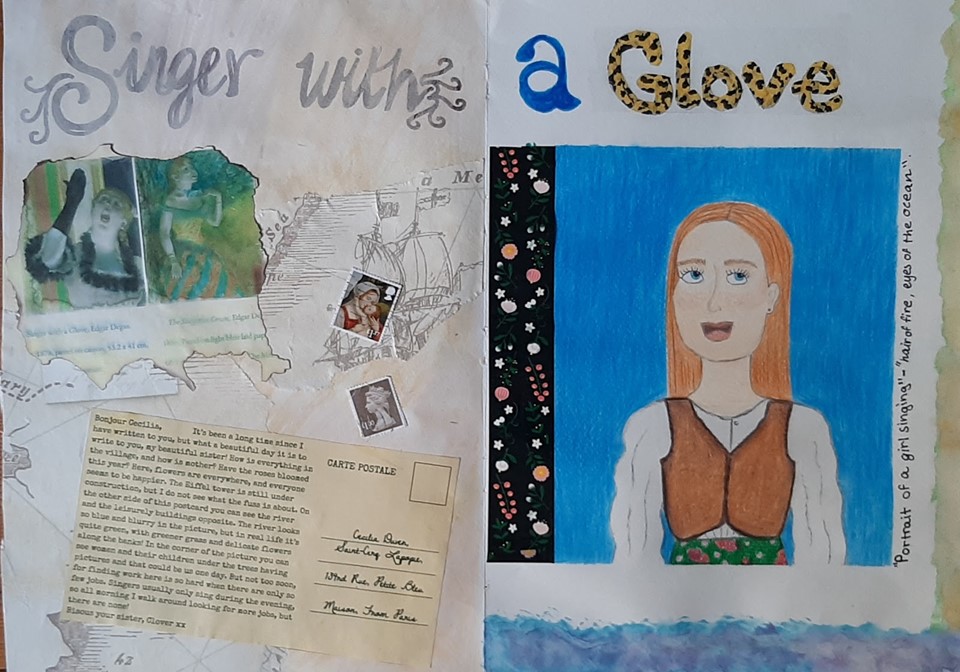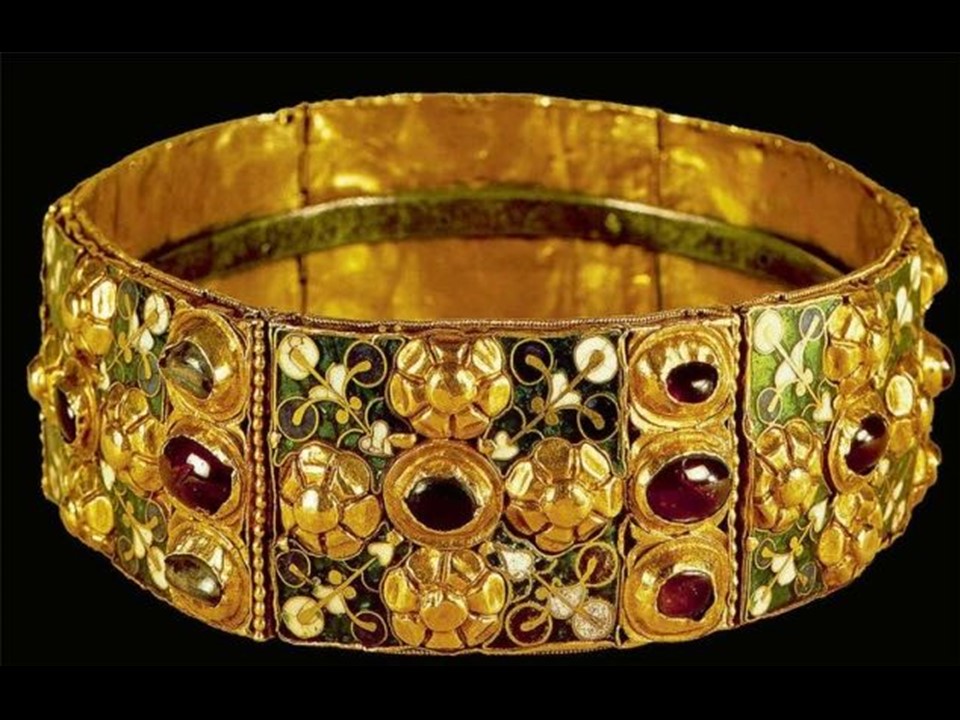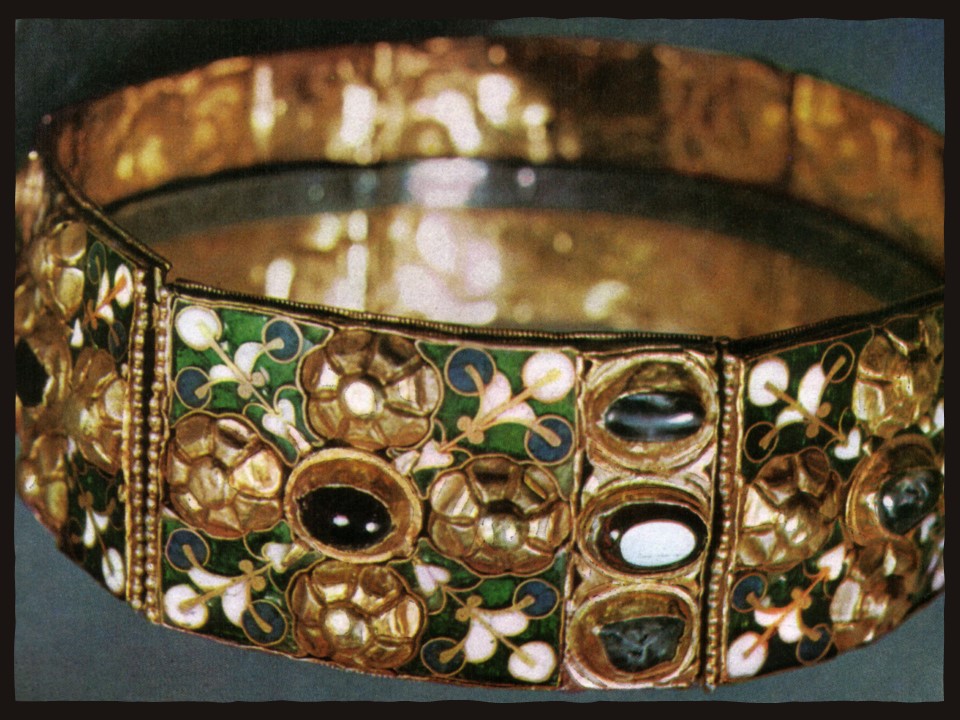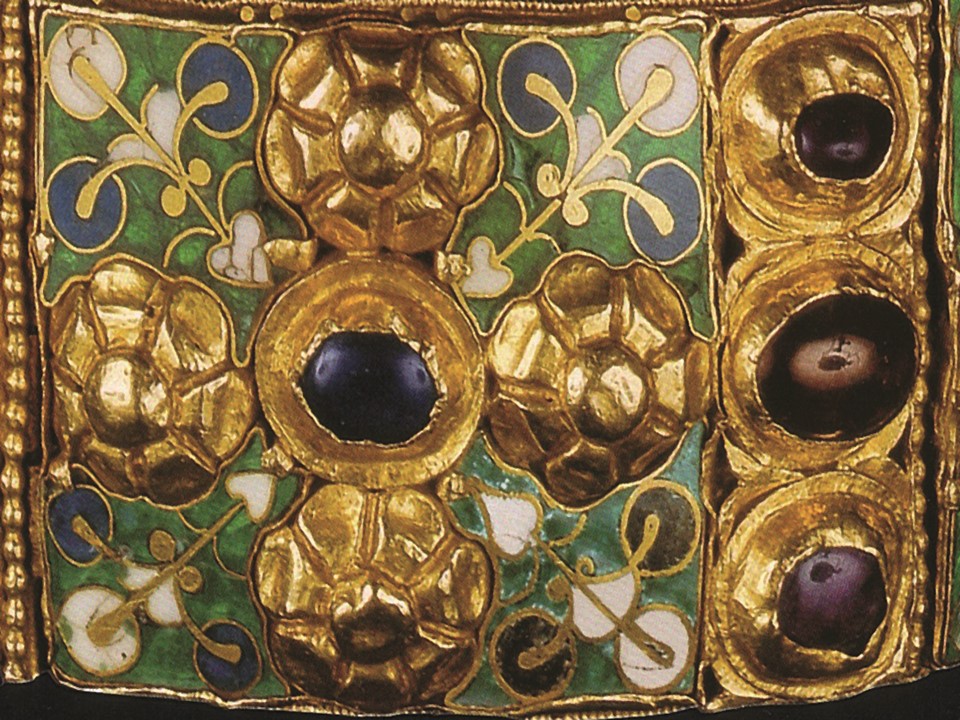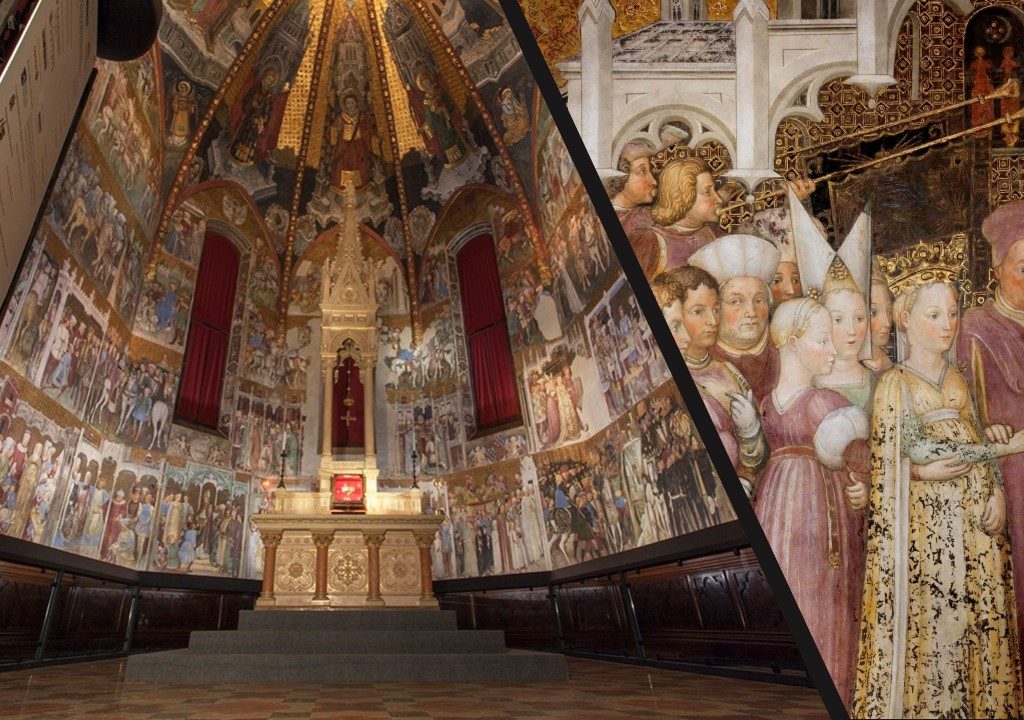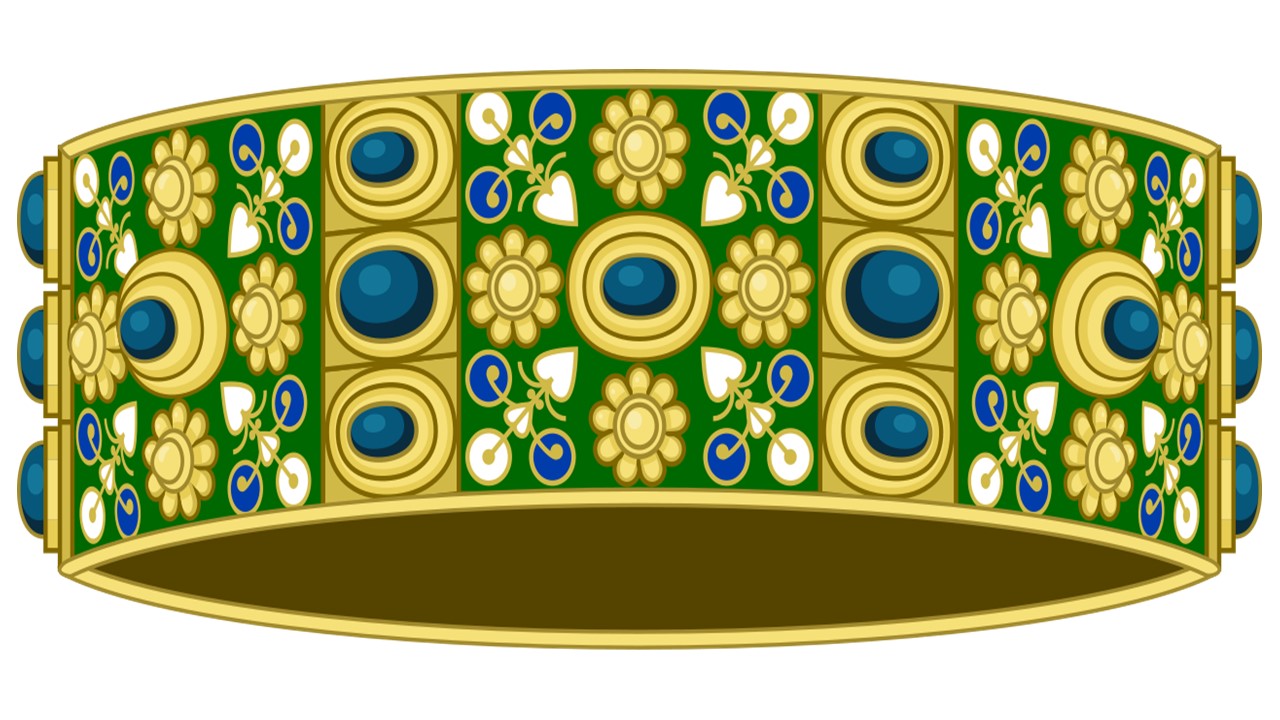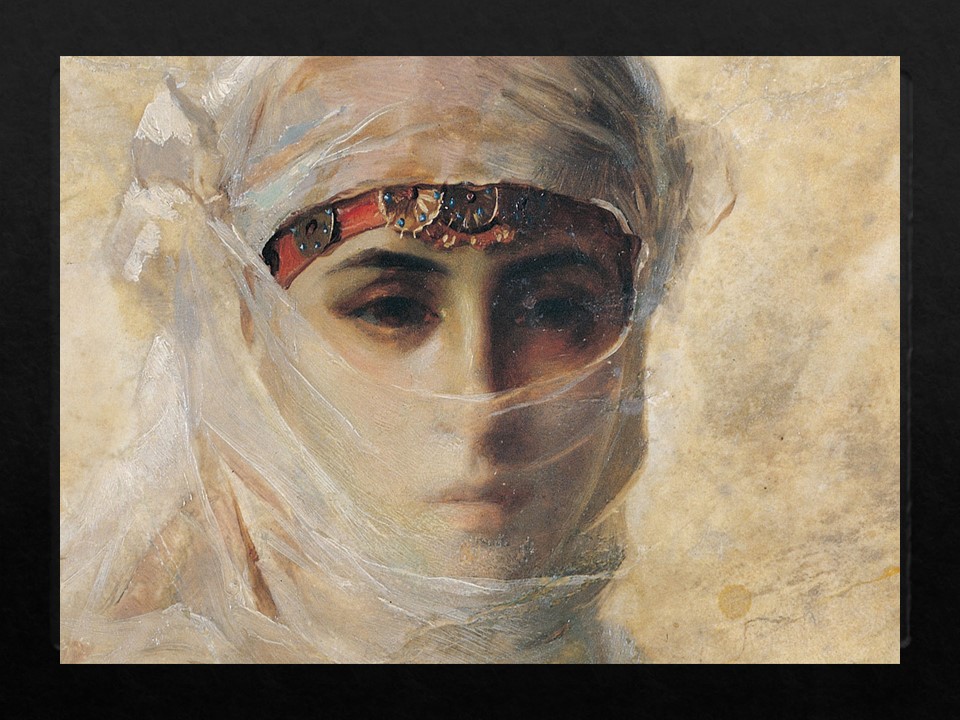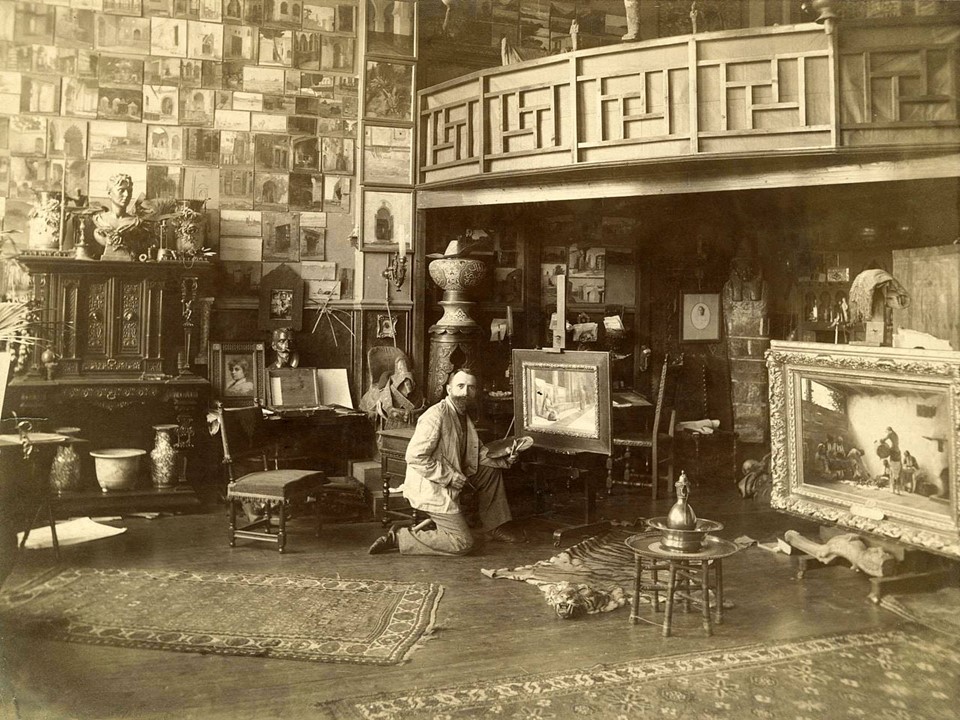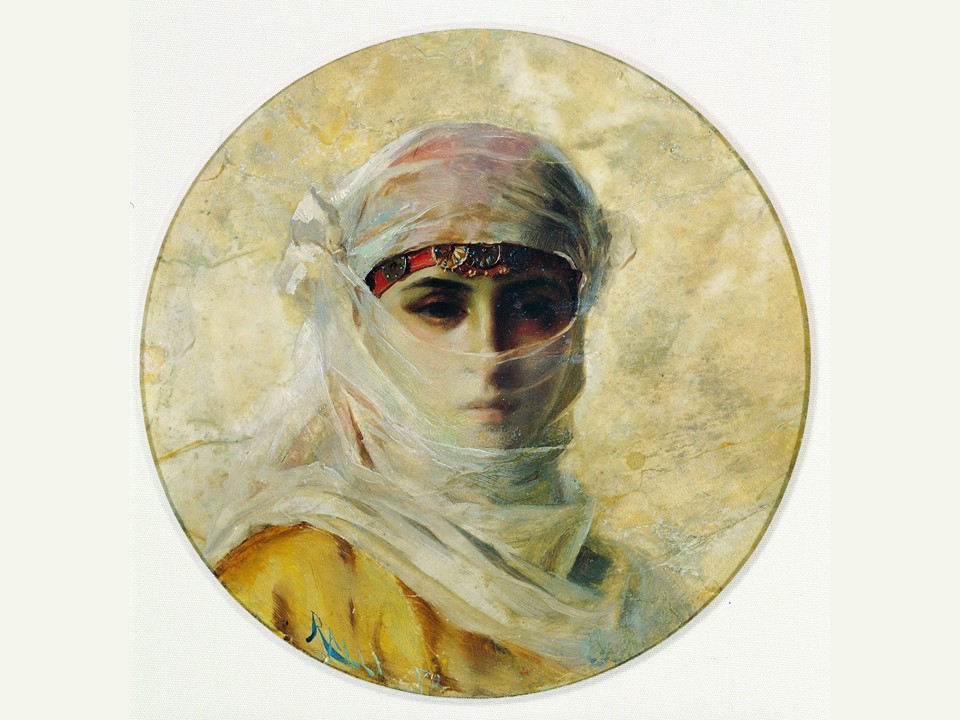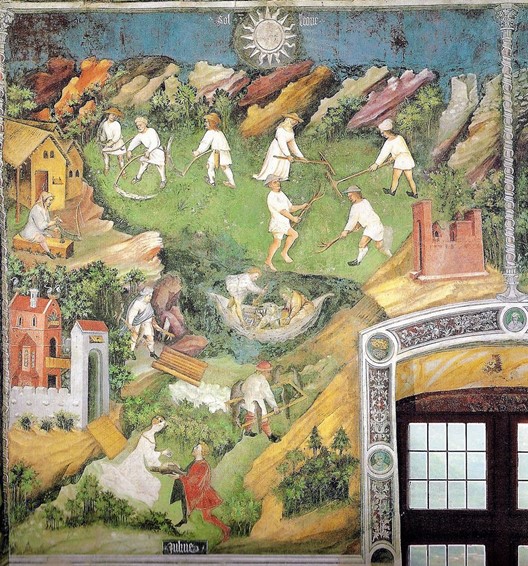
The Month of July fresco comes from Torre Aquila in the Castello del Buonconsiglio, in Trento, Italy. It is part of an amazing fresco Cycle of the Twelve Months painted on the walls of the tower’s 2nd-floor main room and presents summer at its best. This exceptional room, 6 x 5,8 x 3 m in size, was commissioned by Prince-Bishop George of Liechtenstein, as a quiet, atmospheric retreat, away from the rest of the Castello’s busy and noisy state quarters. Master Wenceslas, a Bohemian painter active in Trento since 1397, creates a rich July scene, full of natural beauty and pastoral activities.
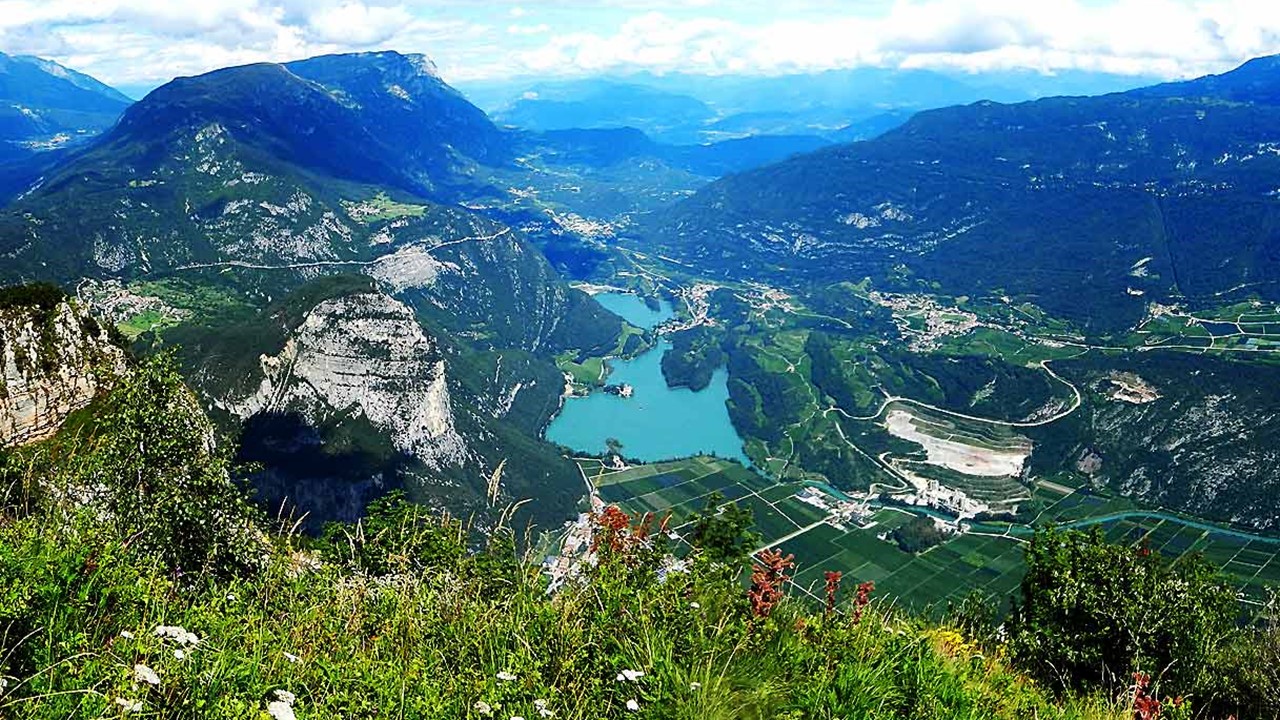
July is a busy month for labourers at Trento and Master Wenceslas is documenting it in the best possible way. The farmers catch up with their activities and the Court aristocrats enjoy summer bliss. The scene is rich, dense and joyful… inspired by real-life but immensely beautified. The commissioner of this fresco, Prince-Bishop George of Liechtenstein wants to present the idea that his territories flourish under his good governance and prudent guidance. The painter, Master Wenceslas, understood this very well, and created a summer scene of dazzling colours, greens and yellows dominating the open expanse of the countryside!
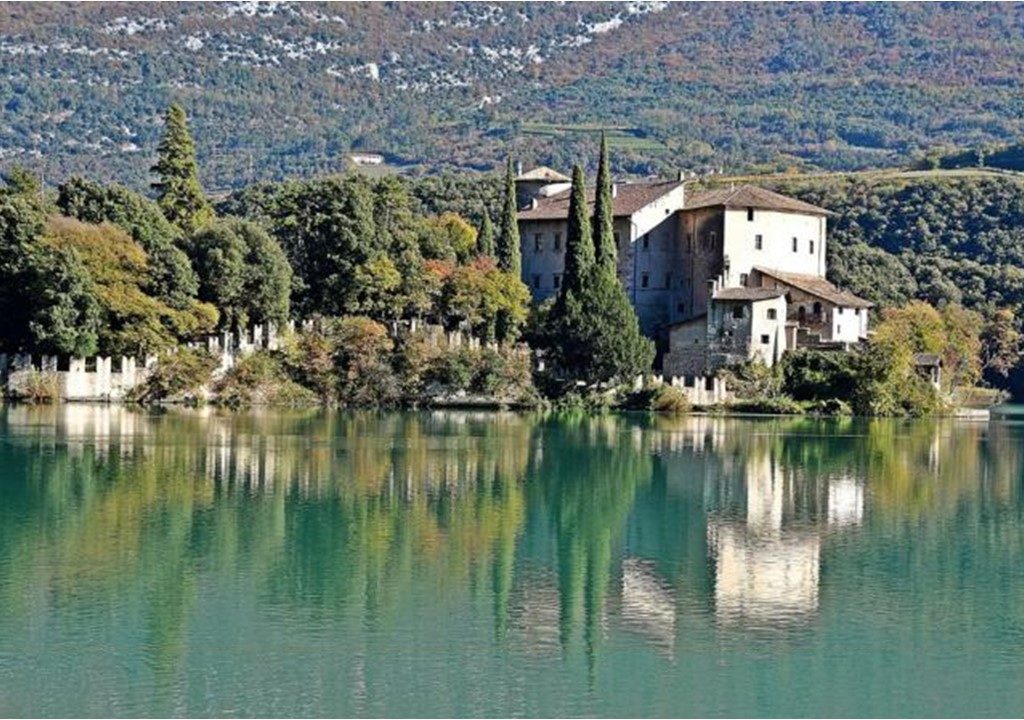
Multi-coloured mountains, lush shrubbery, a lake, a Castello by its shore and a red country Villa are just a few of the landscape props Master Wenceslas uses to identify the area as the beautiful Trentino Valle dei Laghi. Castello in particular, defensive walls, crenellations, drawing bridges, large glass windows, balconies full of flowers and stork nests on the rooftop make up for a beautiful vignette on a lakeshore.
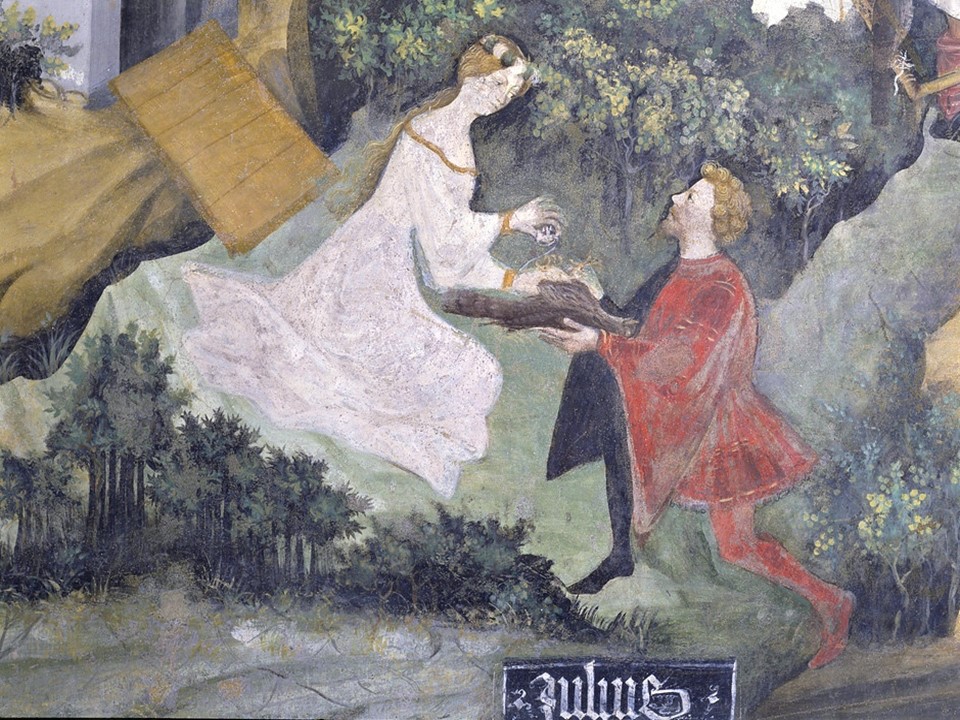
Right in the middle of the composition the depiction of the lake, the boat and three fishermen set the tone. The lower part is a vivid illustration of the activities of the nobles and their servants as summer settles in. It is falconing season, and Master Wenceslas beautifully presents it. Hunting with a hawk was the favorite activity of the Trento nobility, an expensive one to keep up with, as specialized servants, destined exclusively for the care and breeding of precious birds, were required and handsomely payed for. In the July fresco, one such falconer, carrying two hunting hawks returns from hunting. A little further down an elegant gentleman, dressed in a red and black doublet, with a gesture of polite refinement, seems to offer the hunting catch, two beautiful birds, gallantly to a lady dressed in white. A truly generous gift for a beautiful Lady!
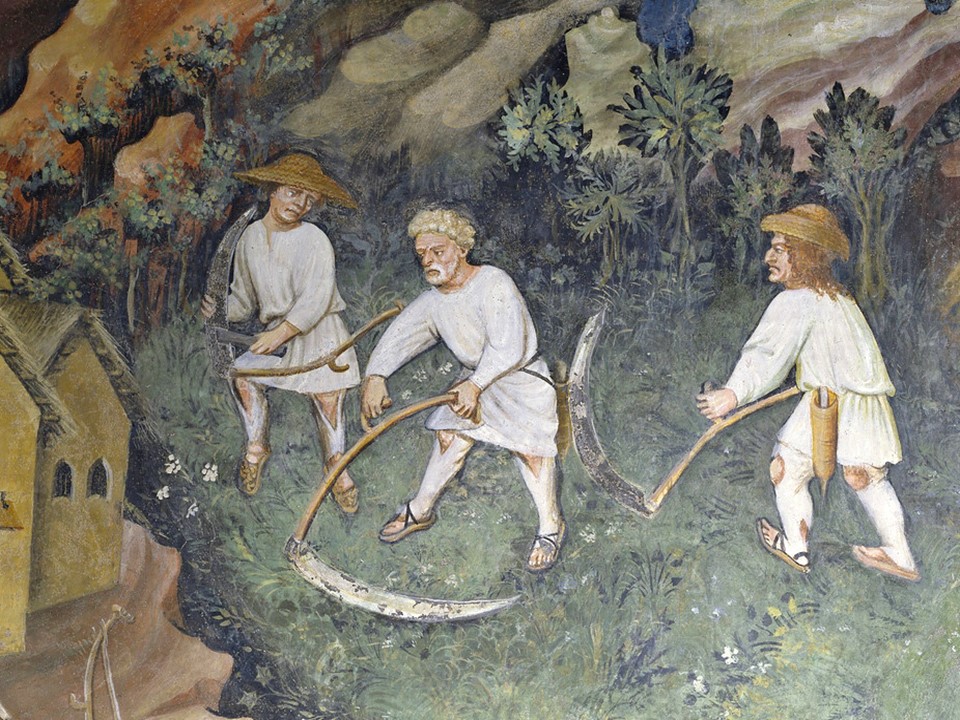
Horizons are kept high in Master Wenceslas’s July fresco to make room for the depiction of busy Trento farmers and their agricultural activities. Surrounded by a crown of colourful mountains, purple, white or ochre, up in the highest Trento meadows, the typical activity of the season takes place: haymaking. Farmers are depicted mowing and raking, one of them even scythe sharpening. It is a vivid illustration of the month’s required work for both men and women. They wear perfectly white cloths and hats, cloth or even made of straw, and against a bright green background, they effortlessly move, carrying their instruments of work, as if they are part of an elaborate ballet chorus. The reality is that haymaking is a hard and tiring job, not a summer holiday for sure! Entire families were involved in mowing grass, letting it dry in the sun, and turning it over very often with the hay pitchfork, in order to make it dry faster.
Prince-Bishop George of Liechtenstein was probably very happy looking from a distance the work accomplished on the meadows of his territories by his “loyal” farmers. His guests probably marveled at how busy and well-ordered life was under his rule. At Torre Aquila the aristocracy was allowed to dream… Reality was, however, different and peasants, exhausted and exasperated were on the verge of revolt…
For Student Activity please… check HERE!
